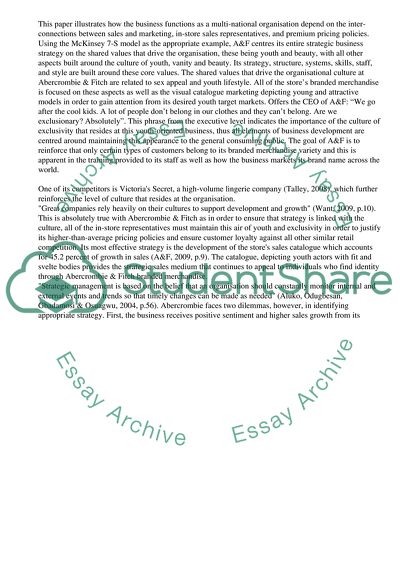Cite this document
(“Organisational behaviour assessment at Abercrombie & Fitch Assignment”, n.d.)
Retrieved de https://studentshare.org/business/1391631-organisational-behaviour-abercrombie-fitch
Retrieved de https://studentshare.org/business/1391631-organisational-behaviour-abercrombie-fitch
(Organisational Behaviour Assessment at Abercrombie & Fitch Assignment)
https://studentshare.org/business/1391631-organisational-behaviour-abercrombie-fitch.
https://studentshare.org/business/1391631-organisational-behaviour-abercrombie-fitch.
“Organisational Behaviour Assessment at Abercrombie & Fitch Assignment”, n.d. https://studentshare.org/business/1391631-organisational-behaviour-abercrombie-fitch.


